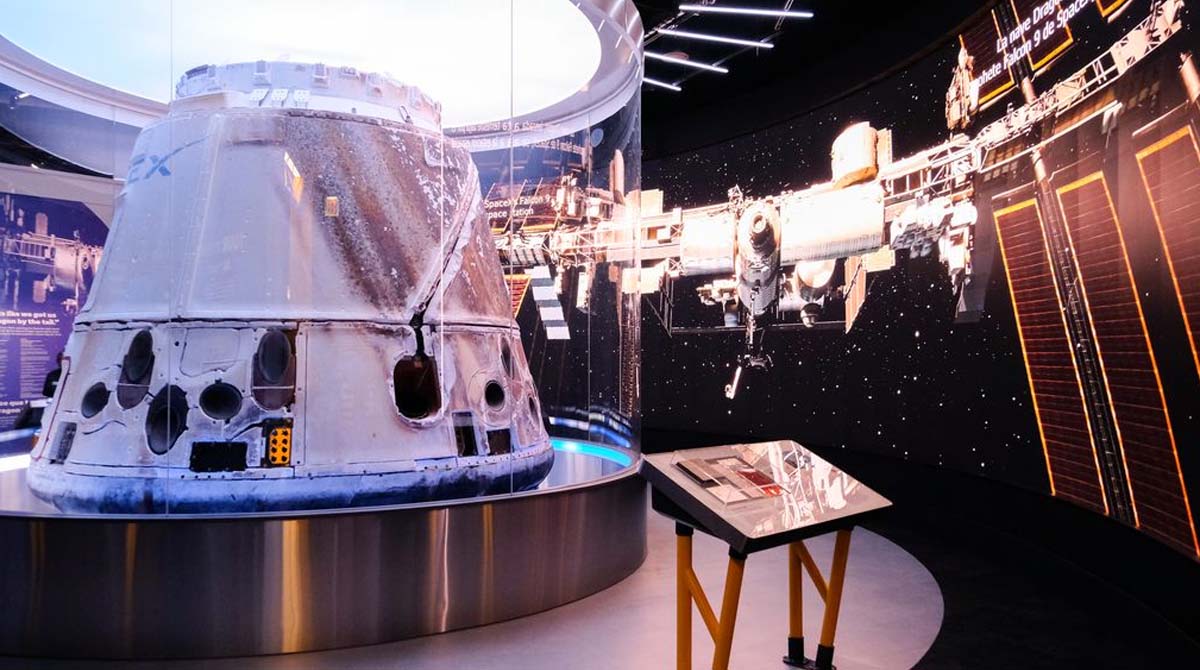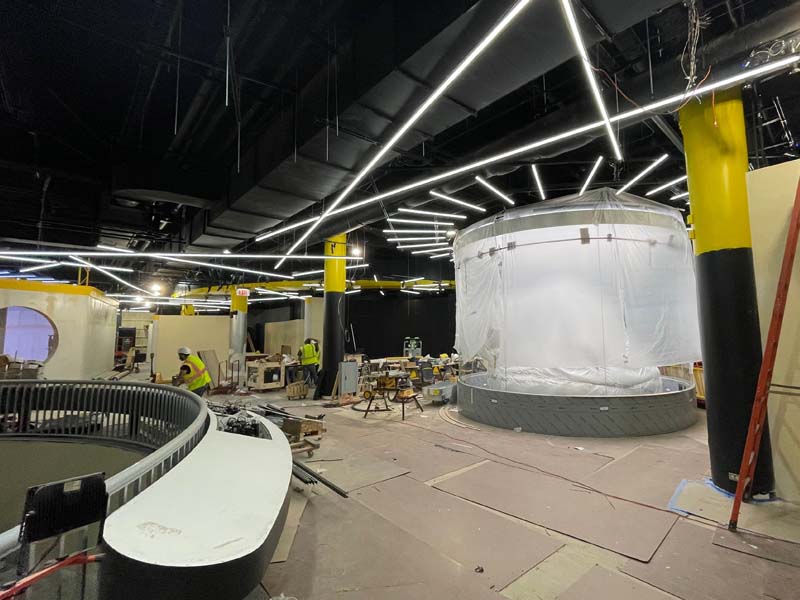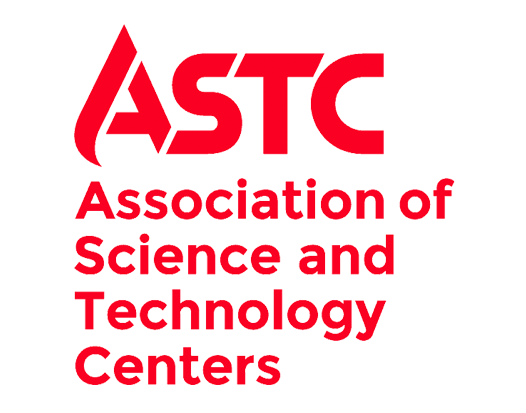GRIFFIN MUSEUM OF SCIENCE AND INDUSTRY
Reimagining Space: Interactive Technology at Griffin MSI
When the Griffin Museum of Science and Industry sought to modernize the Henry Crown Space Center, Bridgewater Studio was tasked with transforming the traditionally analog space into an immersive, technology-driven experience. The project evolved from a simple artifact display into a comprehensive media integration initiative, combining cutting-edge audiovisual systems, interactive displays, and synchronized environmental effects to create a truly dynamic visitor experience.

The Challenge

Strategy
Our approach rejected the traditional outer space-themed environment in favor of a more dynamic, contemporary presentation. We conceptualized an elevated laboratory environment that highlighted not just the astronauts, but the thousands of individuals whose groundbreaking work made space exploration possible. By leveraging pixel-mapped lighting, immersive audio, and interactive displays, our strategy focused on creating visceral, emotional connections with visitors. Our team developed a comprehensive media plan that would transform the space into a living, breathing environment with its own rhythm and energy – more "rock n' roll" than conventional museum exhibit.

Design
Working in close collaboration with lighting design partner Lightswitch, we developed an intricate ecosystem of synchronized media elements. The design included curved LED walls displaying custom SpaceX mission content, interactive 3D model explorers of the Dragon spacecraft, and comparative visualization stations for the James Webb and Hubble space telescopes. Each interactive element underwent rigorous user testing and iteration, with particular attention paid to intuitive interface design and bilingual accessibility. Our team utilized RealEngine for enhanced visualizations, created custom soundscapes with voice actors, and designed pixel-mapped lighting systems that coordinated with media playback throughout the exhibition.

Production
From interactive kiosk development to AV integration and programming, our team handled all aspects of production. Custom media productions included a dramatic SpaceX launch sequence complete with synchronized subfloor vibration systems, original music composition, and carefully edited archival NASA footage. The production phase involved complex technical coordination – installing curved LED walls, positioning speakers for optimal sound coverage, and implementing sophisticated lighting control systems.
By managing all technical aspects in-house, Bridgewater maintained consistent quality control and could rapidly iterate based on client feedback, ensuring every element contributed to a cohesive, immersive experience that brings space exploration to life for visitors of all ages.

Have an experience in mind?
Here are 3 easy ways to get started...Explore Examples
View our project portfolio for ideas, inspiration, and helpful information.
Ballpark Your Budget
Use our Experience Estimator to see how much your project might cost.














